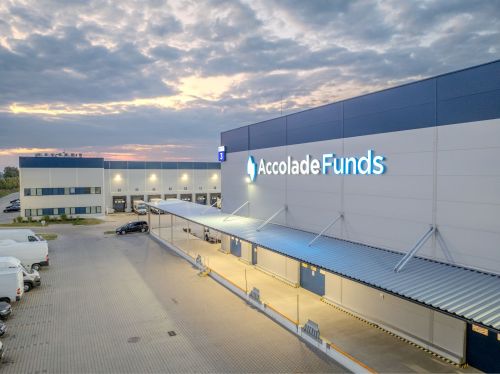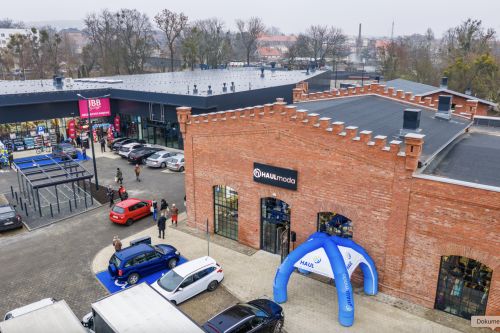Logistics assets as an investment product actually grew in value during the pandemic. According to JLL, the investment volume for the warehouse market came to EUR 2.8 bln. Are we going to be seeing more records being broken in the years ahead? Is there still a chance of this happening despite Russia’s invasion of Ukraine?
Karol Skiba, the investment director of stock brokerage CVI: Logistics purchases accounted for around 10–12 pct of the total volume between the financial crisis in 2008 and 2016. In 2020 and 2021, they accounted for over 20 pct in Poland and over the last two years around 50 pct of the volume has been in the logistics sector. This just goes to show how big the appetite is from foreign investors. Before the 2008 crisis, warehouses were seen mainly as assets that supported the main investment products of offices and retail centres, but now they have become part of the mainstream. One of the factors that has contributed to the additional demand for real esta































































